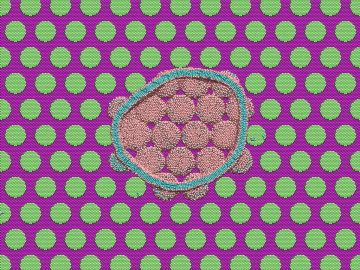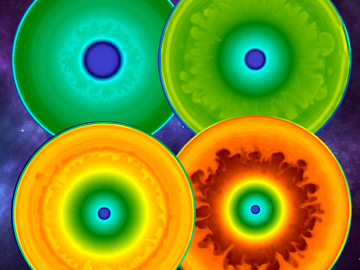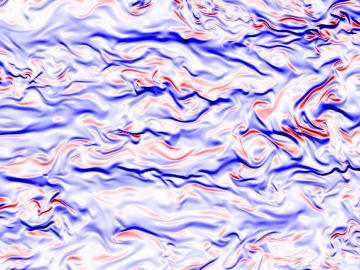
Filter News
Area of Research
- Biology and Environment (14)
- Computer Science (1)
- Electricity and Smart Grid (1)
- Energy Science (23)
- Fusion and Fission (3)
- Isotopes (1)
- Materials (22)
- Materials Characterization (1)
- Materials Under Extremes (1)
- National Security (6)
- Neutron Science (6)
- Nuclear Science and Technology (3)
- Sensors and Controls (1)
- Supercomputing (23)
News Topics
- (-) Biomedical (12)
- (-) Computer Science (37)
- (-) Grid (19)
- (-) Materials Science (26)
- (-) Security (10)
- (-) Summit (11)
- 3-D Printing/Advanced Manufacturing (25)
- Advanced Reactors (4)
- Artificial Intelligence (27)
- Big Data (11)
- Bioenergy (24)
- Biology (30)
- Biotechnology (6)
- Buildings (14)
- Chemical Sciences (24)
- Clean Water (6)
- Composites (9)
- Coronavirus (4)
- Critical Materials (7)
- Cybersecurity (12)
- Education (3)
- Emergency (1)
- Energy Storage (23)
- Environment (46)
- Exascale Computing (15)
- Fossil Energy (2)
- Frontier (19)
- Fusion (13)
- High-Performance Computing (33)
- Hydropower (3)
- Irradiation (2)
- Isotopes (17)
- Machine Learning (15)
- Materials (59)
- Mathematics (2)
- Mercury (3)
- Microelectronics (2)
- Microscopy (12)
- Molten Salt (5)
- Nanotechnology (16)
- National Security (21)
- Neutron Science (42)
- Nuclear Energy (31)
- Partnerships (24)
- Physics (23)
- Polymers (9)
- Quantum Computing (12)
- Quantum Science (12)
- Simulation (29)
- Software (1)
- Space Exploration (6)
- Transportation (25)
Media Contacts

Over the past decade, teams of engineers, chemists and biologists have analyzed the physical and chemical properties of cicada wings, hoping to unlock the secret of their ability to kill microbes on contact. If this function of nature can be replicated by science, it may lead to products with inherently antibacterial surfaces that are more effective than current chemical treatments.

Researchers at the Department of Energy’s Oak Ridge National Laboratory are supporting the grid by improving its smallest building blocks: power modules that act as digital switches.

Tristen Mullins enjoys the hidden side of computers. As a signals processing engineer for ORNL, she tries to uncover information hidden in components used on the nation’s power grid — information that may be susceptible to cyberattacks.


As a result of largescale 3D supernova simulations conducted on the Oak Ridge Leadership Computing Facility’s Summit supercomputer by researchers from the University of Tennessee and Oak Ridge National Laboratory, astrophysicists now have the most complete picture yet of what gravitational waves from exploding stars look like.

Scientist-inventors from ORNL will present seven new technologies during the Technology Innovation Showcase on Friday, July 14, from 8 a.m.–4 p.m. at the Joint Institute for Computational Sciences on ORNL’s campus.

Simulations performed on the Summit supercomputer at ORNL revealed new insights into the role of turbulence in mixing fluids and could open new possibilities for projecting climate change and studying fluid dynamics.

Computing pioneer Jack Dongarra has been elected to the National Academy of Sciences in recognition of his distinguished and continuing achievements in original research.

Inspired by one of the mysteries of human perception, an ORNL researcher invented a new way to hide sensitive electric grid information from cyberattack: within a constantly changing color palette.

Oak Ridge National Laboratory scientists exploring bioenergy plant genetics have made a surprising discovery: a protein domain that could lead to new COVID-19 treatments.


